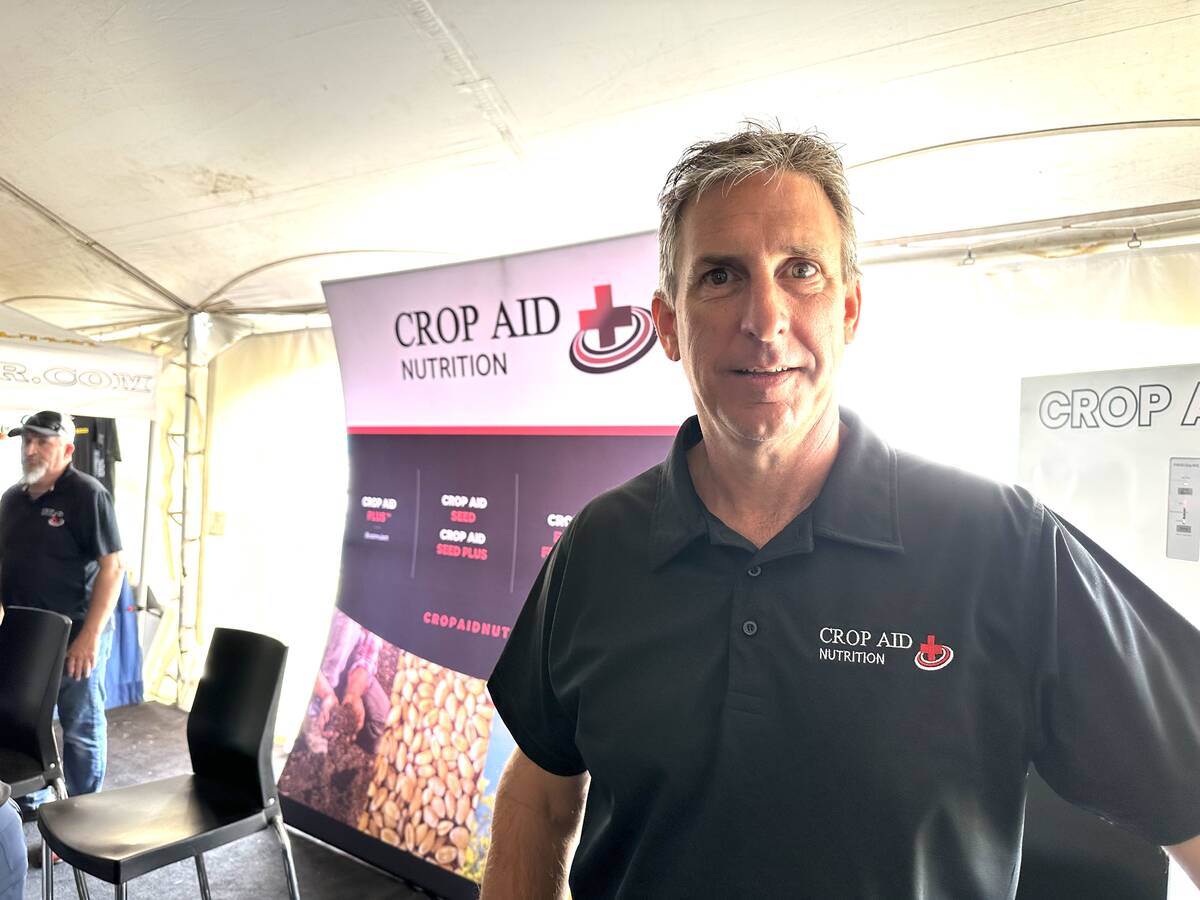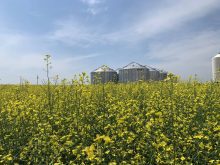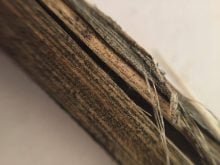
Simon has a 2,000-acre mixed grain operation near Minnedosa, Man., where he grows canola, wheat, rye, soybeans and peas. Unhappy with how one of his crops was progressing after he’d completed seeding on his farm, Simon called me in early June to see if I could tell him what the problem was.
I told Simon I’d need to come out to his farm first before offering an opinion. When I arrived and had a look at the canola field, I could see there were fewer plants in the rows than there should have been. Simon also informed me it was taking a lot longer than normal for the canola seedlings to emerge from the soil.
I began mulling over possibilities that might have led to the slow and irregular crop emergence in Simon’s canola field.
Read Also

New soil treatment targets saline patches in fields
Crop Aid SS is a Saskatchewan-made spray that’s intended to help farmers manage saline soils by leaching salts away from the root zone.
I knew early-season stressors such as drought, a late frost, high winds, heavy rain or hail can cause seed damage that affects germination and emergence. Soil moisture in the field appeared to be adequate, however, as Simon explained, there was no harsh weather and environmental conditions had been almost ideal for germination and growth after seeding.
I asked Simon about the field’s herbicide history to see if there was anything there that might be affecting the canola. I didn’t see any issues here either — the herbicide he’d applied prior to seeding had been timed correctly to kill early-season and overwintering weeds in the field, and herbicide carryover was ruled out since none of the applications from previous years had restrictions or anything to watch out for in canola.
A review of Simon’s fertility program didn’t reveal any red flags with respect to seedling toxicity, as it was clear from our discussion that 4R-consistent management practices were followed.
When I knelt down to dig around in the soil, I found some germinated canola close to the surface that hadn’t emerged yet. I couldn’t find any insect pests such as cutworms or flea beetles that might have been feeding on the seed, or any sign of damage to the germinated canola either.
The most likely explanation for what was happening lay with seeding operations. However, I didn’t see anything wrong with the seeding rate Simon used during planting. Simon also informed me he used the same seeding rate and seeding depth settings on his air seeder when he planted all of his canola fields, but this was the only one with an emergence problem.
Crop Advisor’s Solution: Check seeding depths throughout planting
While digging around in the field, I found the most likely explanation for the reduced plant stand. Germinated canola sitting just beneath the surface was the clue that revealed what had happened. This led me to dig a little deeper to check the placement of the seeds. What I found was seed that had been planted more than an inch deep in the soil, or more than double the recommended depth for canola.
The seeding depth explained why so few germinated canola plants had made it out of the ground. When I talked to Simon about it, I learned he hadn’t taken into account how the soil characteristics and conditions differed from his other canola fields he had seeded earlier.
The other fields hadn’t been worked and had hard-packed soil, so Simon had increased the pressure on his air seeder in order to place the seed at the required half-inch depth. In this field, where the soil had been worked the previous fall, the increased pressure on the air seeder resulted in the seed being placed too deep in the soil.
There wasn’t anything that could be done to rectify the problem at this stage, but fortunately for Simon, his average plant stand was still greater than two plants per square foot and good growing conditions throughout most of the summer meant he ended up with a viable canola crop.
Simon also learned an important lesson about checking seeding depths throughout the planting process and to make the necessary adjustments to seeding equipment when field conditions change or when moving between fields.
Sam Ross, CCA, works for Richardson Pioneer Ltd. in Minnedosa, Man.















